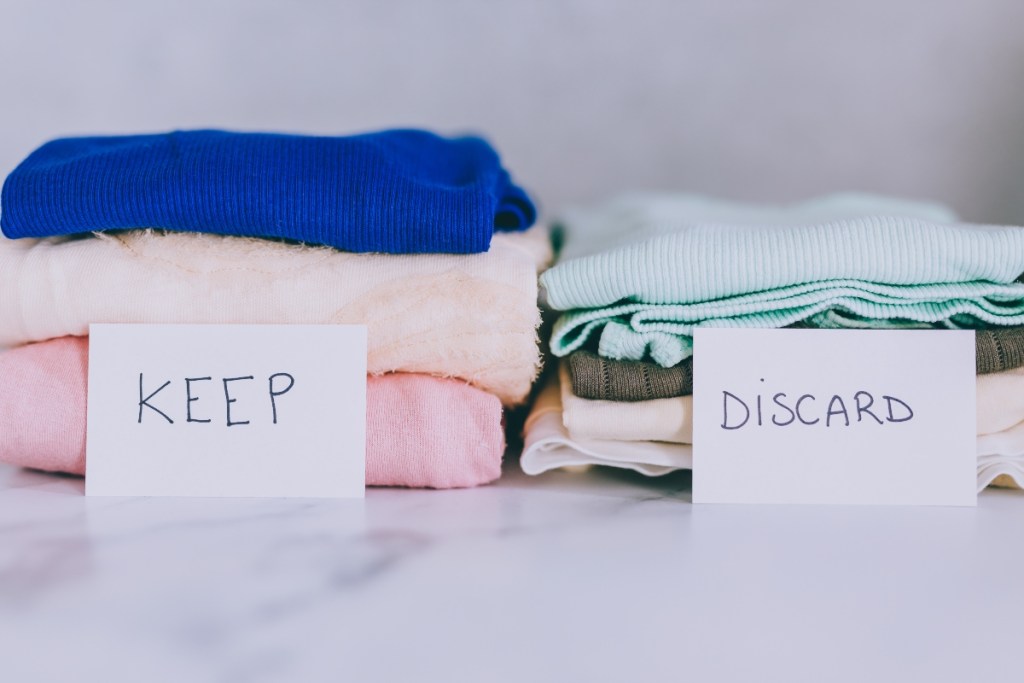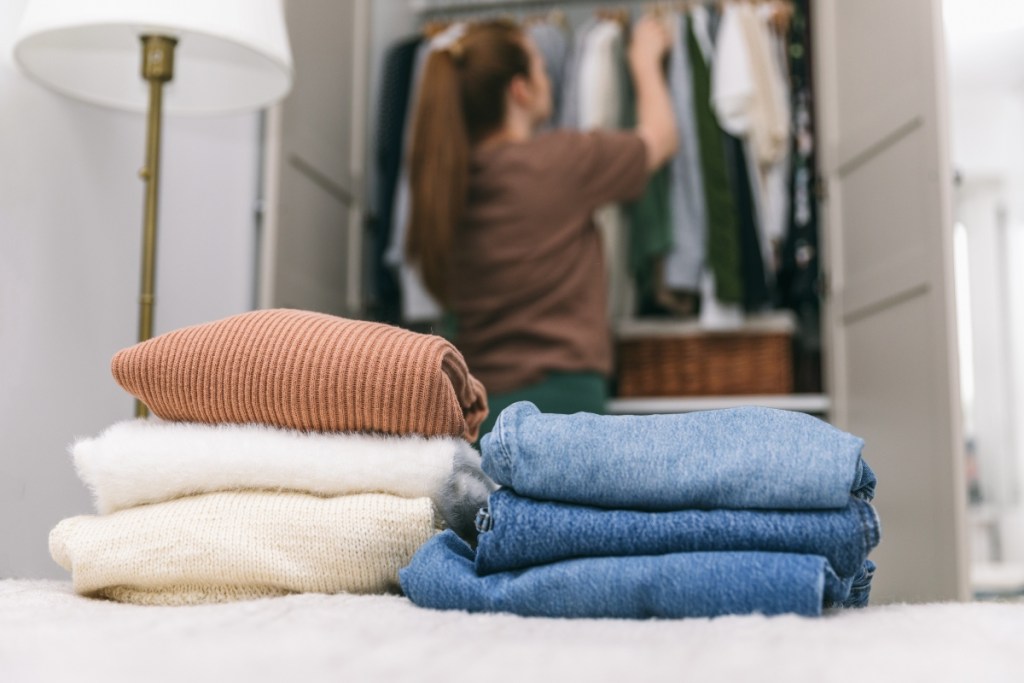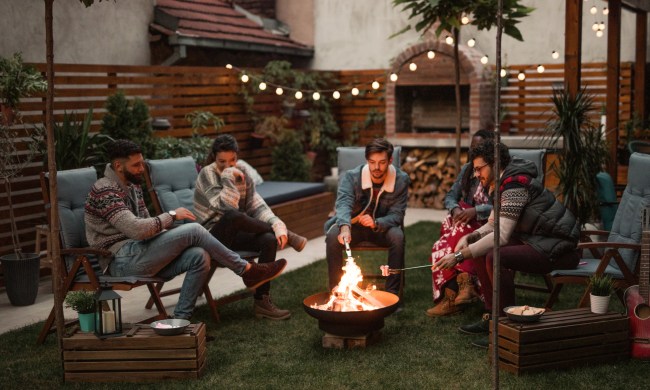Having a lot of clutter isn’t uncommon, especially for busy families. At the moment, it might seem easier and less stressful to throw items in a junk drawer or into an overflowing cabinet. However, all this clutter can actually increase your stress levels by making it more difficult to find important items and necessitating a time-consuming deep clean.
Control clutter in your house before it piles up with a few simple and easy organization hacks. Once all of your items have a dedicated home, maintaining cleanliness will be a breeze.
Create separate piles for items
Before you begin, grab a few transparent bins or bags to separate your items. As you work through your belongings, divide them into categories according to what you intend to toss, donate, or keep. Be sure to label each bin or bag so you don’t lose track of what belongs where.

Know what to toss
Once you have your bins ready, it’s time to begin sifting through the clutter!
Knowing what to toss is one of the most critical steps in decluttering. Items that don’t function properly or no longer serve you should be the first to go. It can be hard to part with our things, but sometimes it’s a necessary evil.
Here is a helpful list of things you should almost always toss:
- Expired items (food, makeup, art supplies, medication, etc.)
- Old documentation including receipts, mail, etc. Be sure to shred confidential documentation and digitize anything important.
- Broken items (toys, electronics, games, jewelry, etc.)
- Torn or overly worn clothing
- Empty boxes or containers (recycle them if possible)
Donate what you don’t need
Once you’ve determined what needs to be tossed, it’s time to consider what to donate. Donations should be the items you don’t need or want but are still in good condition. You can then take these to charities and thrift stores or gift them to a friend or relative
What to donate:
- Used books in good condition
- Movies, video games, board games, or puzzles with no missing pieces
- Functional electronics
- Artwork or picture frames
- Clothing without rips, tears, stains, or holes
- Empty notebooks or unused craft supplies

Determine what to keep
As silly as it may sound, determining what to keep can be the most challenging part of the decluttering process. It can feel impossible to tell at times whether you’ll miss the item when it’s gone or if it’s truly repairable. While it’s important to keep sentimental items, it’s a slippery slope to keeping too many things and failing to reduce the clutter at all.
To guide your tidying-up journey, ask yourself the following questions:
Is it functional?
Keep or donate any items in good working condition.
Do you use it often?
There’s no sense in throwing out something that you use daily, weekly, or even monthly. Seasonal items, decorative pieces, and tools are all good items to keep on hand. However, if you have duplicates of any of these items, consider paring down your collection and keeping one, maybe two of kind. For example, you may only need one power drill, but it never hurts to have a couple of pairs of scissors around.
Do you need it?
Is the item essential? Would it be more challenging if you didn’t have it? If getting rid of the item means you have to change your routine, you can keep it! Decluttering isn’t about only keeping the items you can’t live without. Rather, it’s about focusing on what you need, use, and enjoy.
Do you like it?
If an item has sentimental value, there’s no need to throw it away or donate it, even if it’s no longer functional. It’s important to collect these keepsakes that are full of memories, so don’t feel the need to throw away old journal entries, photographs, or rarely-worn jewelry. However, to keep your space clean, put these sentimental items somewhere safe apart from your more functional items.
Getting rid of clutter in your home is certainly a chore, but it doesn’t have to be miserable. Be honest with yourself as you sift through your belongings and ask yourself the tough questions as you decide what to throw away, donate, or keep. All of your hard work will be worth it when the junk drawer is a thing of the past.



